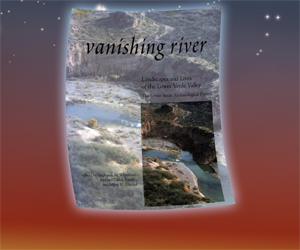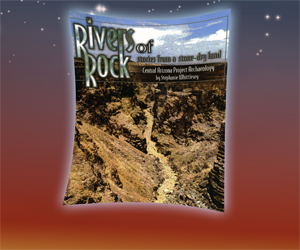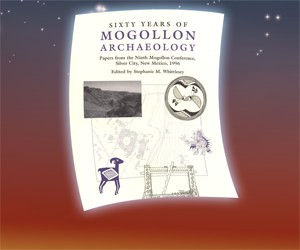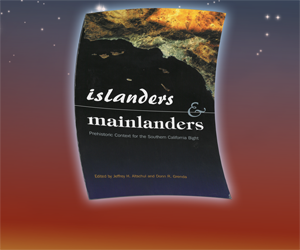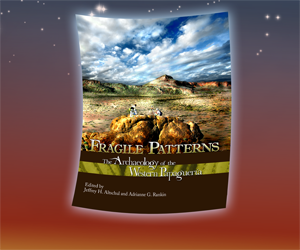Deep Creek Site (CA-SBr-176): A Late Prehistoric Base Camp in the Mojave River Forks Region, San Bernardino County, California
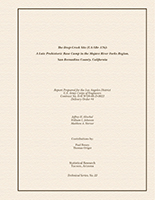
By Jeffrey H. Altschul, William C. Johnson, and Matthew A. Sterner
Technical Series 22
152 pp. / 1984
The Deep Creek site (CA-SBr-176) lies at the confluence of the Mojave River and one of its major tributaries, Deep Creek. The area, known as the Mojave River Forks, is situated where the Mojave River emerges from the San Bernardino Mountains and begins its flow into the Mojave Desert. Even a cursory analysis suggests the strategic importance of this location. Environmentally, the area is an ecotone between the mountains and desert. Although lying on the edge of the desert, obtaining water would have been of little concern, for both Deep Creek and the Mojave River generally flow above ground at this juncture year-round. Culturally, the area is located on a point which must be passed by all who use the Mojave River as a travel route. This is not restricted to local travel between the mountains and desert, but also includes trade and travel for people using the Cajon Pass to the west as a means of movement between the Pacific Coast and the Colorado River Valley.
Given these intuitive considerations, it is little wonder that a large archaeological site is situated at the Mojave River Forks. The Deep Creek site formally entered the archaeological record in 1939 (Smith 1963). A limited amount of work was conducted at the site in the early 1950s (Smith 1955), upon which virtually all subsequent interpretations are based (e.g., Warren 1984). The construction of the dam for the Mojave River Forks Reservoir spurred little interest in the site, although it was dear that the project would potentially destroy it (Singer 1966). Indeed, a survey conducted after the completion of the dam concluded that the site had been destroyed (Wells 1977). This conclusion, however, was in error (Altschul et al. 1985). The site, although having suffered some damage, is still largely intact.
When notified that the agency was responsible for the management of the Deep Creek site, the Los Angeles District, Corps of Engineers (COE) decided to evaluate the site’s potential for inclusion in the National Register of Historic Places. This decision was based on the agency’s obligations under Executive Order 11593 and Section 106 of the National Historic Preservation Act. To this end, the COE contracted with Statistical Research to perform a test and evaluation program. The purpose of this report is to present the results of this program.
This report is organized into four parts. The first part consists of background information on the environment, previous archaeological work on the site and in the general region, and culture history (Chapter 2). With this information as a backdrop, the research orientation, including research questions, and the general methodology is presented (Chapter 3). Part II, contained wholly in Chapter 4, describes the site and the result of the fieldwork. Part III presents the results of the analysis stage of the project. Included in this part are chapters on the geomorphic history of the site (Chapter 5), site chronology (Chapter 6), lithic artifacts (Chapter 7), faunal remains (Chapter 8) and paleobotanical studies (Chapter 9). The report closes in Part IV (Chapter 10) with an evaluation of the Deep Creek site’s place in regional settlement and an assessment of its National Register status.

